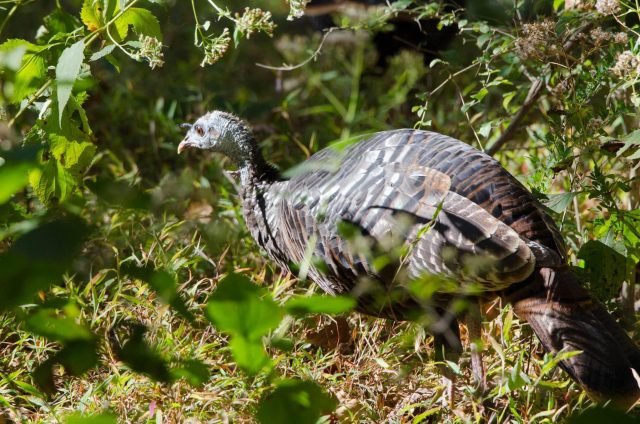
COLUMBUS, Ohio – The Ohio Department of Natural Resources (ODNR) Division of Wildlife is calling on the public to report sightings of wild turkeys and ruffed grouse this summer for its annual population surveys. The initiative encourages community scientists—any member of the public—to submit their observations via the Wildlife Reporting System at wildohio.gov or the HuntFish OH mobile app.
Wildlife biologists rely on public sighting reports of wild turkeys and ruffed grouse observed in July and August to estimate population statuses and reproductive success. These months are particularly crucial as female turkeys and their young are most active during this period.
To participate, observers should report the number of gobblers, hens, and young turkeys (poults) seen. For ruffed grouse, the number of adults and young should be noted. Community scientists are asked to record the date and county of the observation, along with as many details as possible. Biologists have been tracking summer observations of wild turkeys since 1962 and of grouse since 1999.
These surveys are part of a broader effort, as similar initiatives are conducted in other states within the wild turkey’s range. The information gathered in Ohio helps predict future population changes, estimate brood success, and guide management decisions.
Recent wild turkey brood surveys from 2021 to 2023 have shown above-average nest productivity, benefitting turkey populations after several years of below-average results. In 2023, the statewide average was 2.8 poults per hen, slightly below the long-term average of 2.7. Regional variations included 3.0 poults per hen in northeast and northwest Ohio, 2.8 in southeast Ohio, and 2.4 in central and southwest Ohio.
Both wild turkeys and ruffed grouse have been subjects of recent Division of Wildlife research. In 2023 and 2024, the agency used acoustic recording units to remotely monitor turkey gobbling and grouse drumming, providing data on relative population size and breeding activity. In collaboration with researchers from nearby states and The Ohio State University, the Division of Wildlife also tracked more than 100 wild turkey hens over the past two springs to learn about nest timing and survival.
Ohio’s turkey populations are typically strongest in the eastern and southern counties, influenced by habitat availability, weather conditions, and predators. Ruffed grouse, medium-sized game birds that are chicken-like in appearance, inhabit Ohio’s heavily forested regions, particularly in young, regenerating forests less than 20 years old. Habitat loss and susceptibility to West Nile Virus have contributed to grouse population declines since the 1980s and early 2000s, respectively.
Ongoing research aims to deepen biologists’ understanding of these factors and inform future conservation efforts. For more information and to submit sightings, visit wildohio.gov or use the HuntFish OH mobile app.











